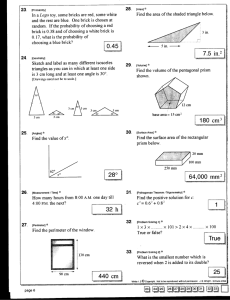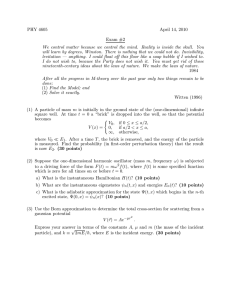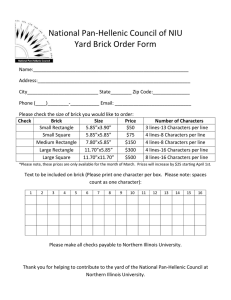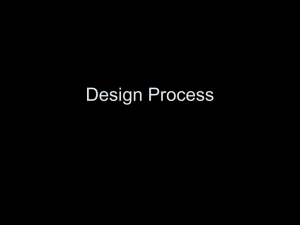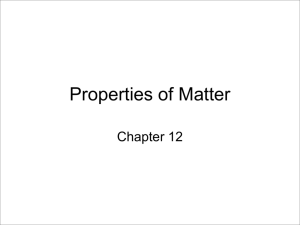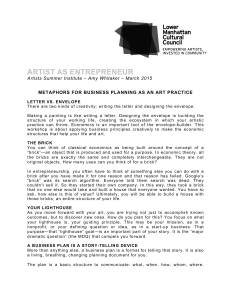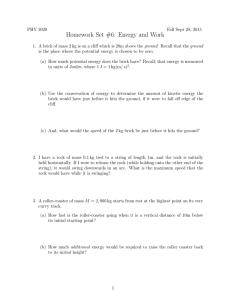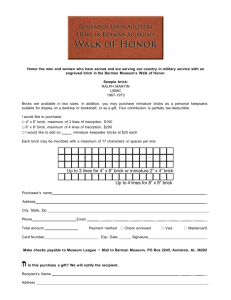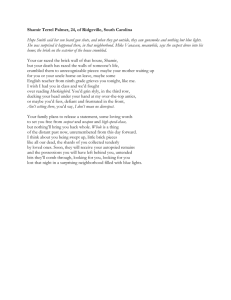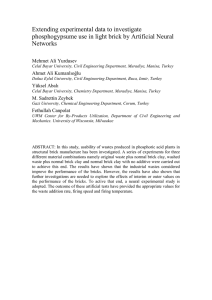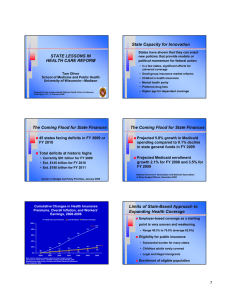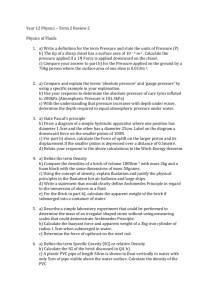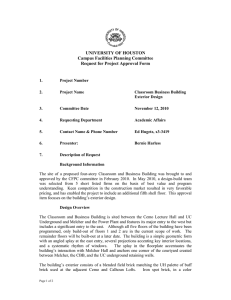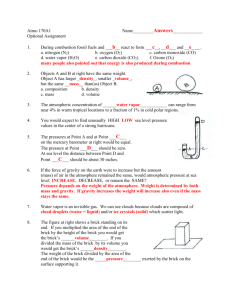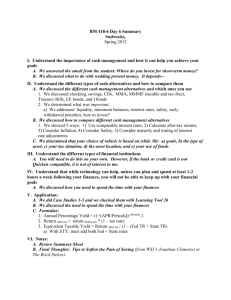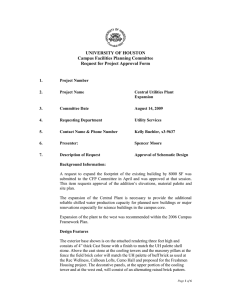REVIEW SHEET - Work, Power, and Energy
advertisement
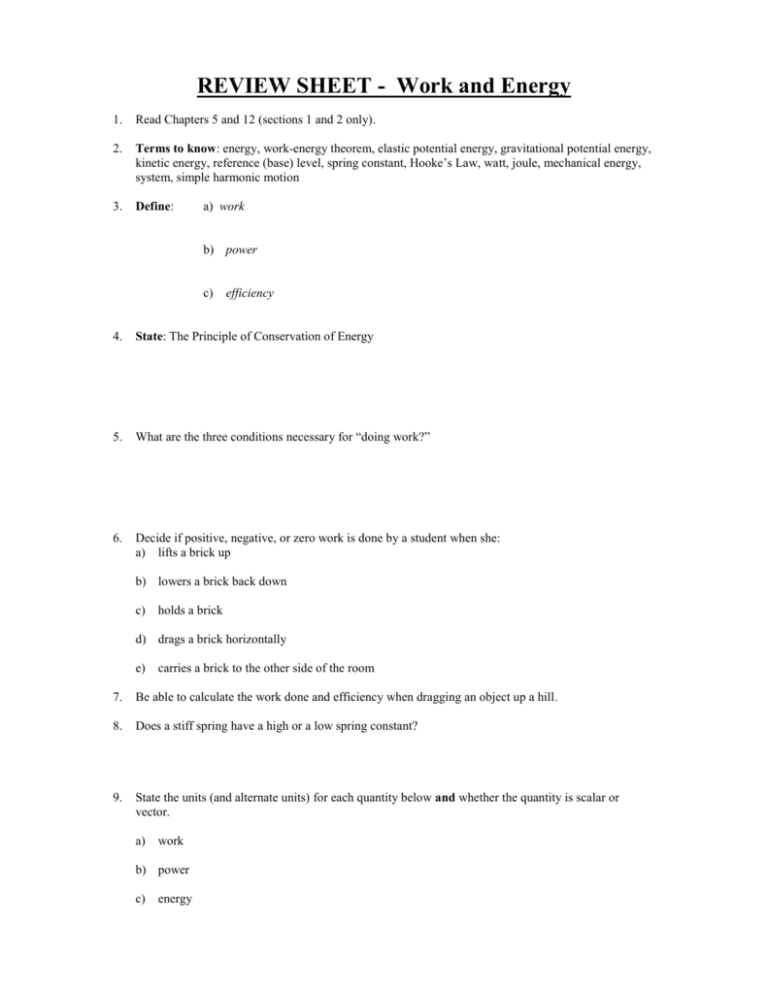
REVIEW SHEET - Work and Energy 1. Read Chapters 5 and 12 (sections 1 and 2 only). 2. Terms to know: energy, work-energy theorem, elastic potential energy, gravitational potential energy, kinetic energy, reference (base) level, spring constant, Hooke’s Law, watt, joule, mechanical energy, system, simple harmonic motion 3. Define: a) work b) power c) efficiency 4. State: The Principle of Conservation of Energy 5. What are the three conditions necessary for “doing work?” 6. Decide if positive, negative, or zero work is done by a student when she: a) lifts a brick up b) lowers a brick back down c) holds a brick d) drags a brick horizontally e) carries a brick to the other side of the room 7. Be able to calculate the work done and efficiency when dragging an object up a hill. 8. Does a stiff spring have a high or a low spring constant? 9. State the units (and alternate units) for each quantity below and whether the quantity is scalar or vector. a) work b) power c) energy 10. As the time it takes to lift an object decreases, what happens to: a) the work done in lifting the object? b) the power exerted by the person lifting it? 11. What is the significance of the: a) slope of a force vs. displacement graph for a spring b) area underneath a force vs. displacement graph 12. What are the three types of mechanical energy? 13. Explain the difference between the transformation of energy and the transfer of energy. Give an example of each. 14. What is meant by an “isolated system?” 15. How does the amount of gravitational potential energy an object has depend on the reference level? 16. What two formulas can be used with springs or other elastic objects? 17. When calculating the work done in stretching or compressing a spring using the formula W s = Fsd, should you use the average or instantaneous force? 18. When calculating the force needed to stretch or compress a spring using the formula F s = k x, should you use the average or instantaneous force? 19. What formulas should be used to calculate the: a) work done by friction b) work done against gravity c) work done by a spring 20. State the transformations of energy for a pendulum and for a mass on a spring.


